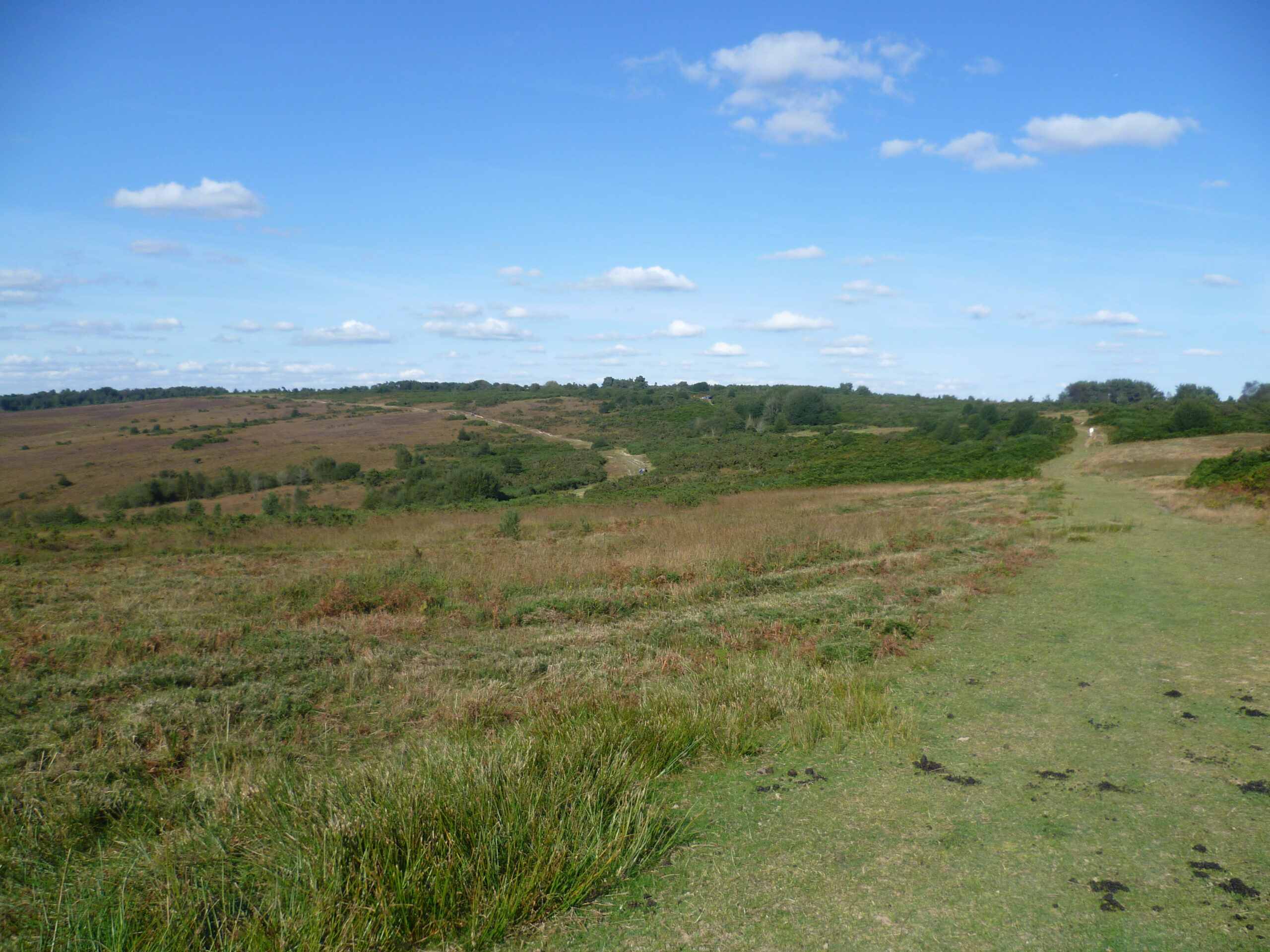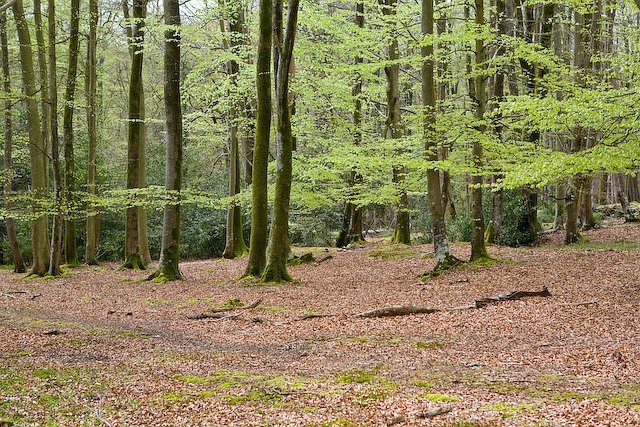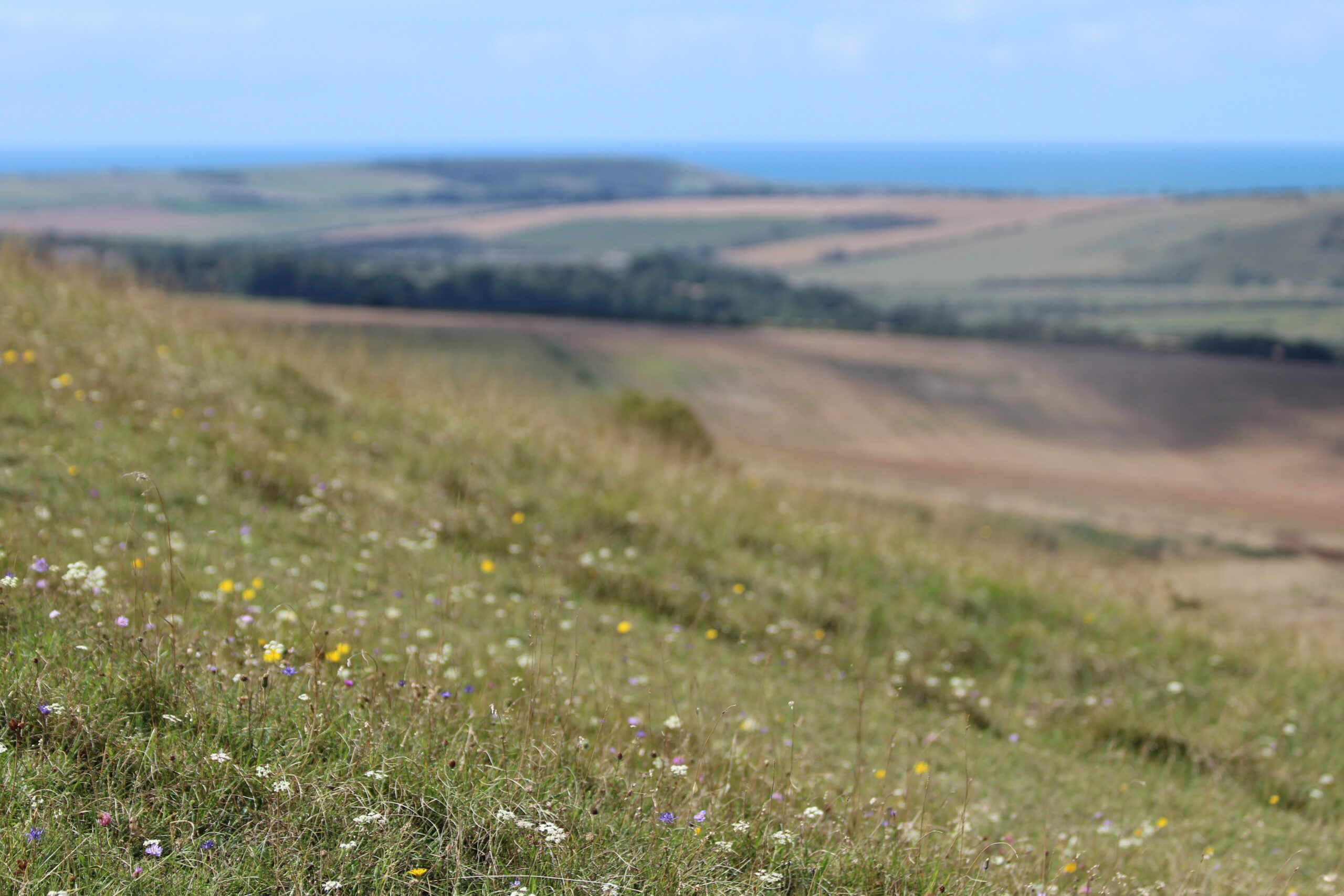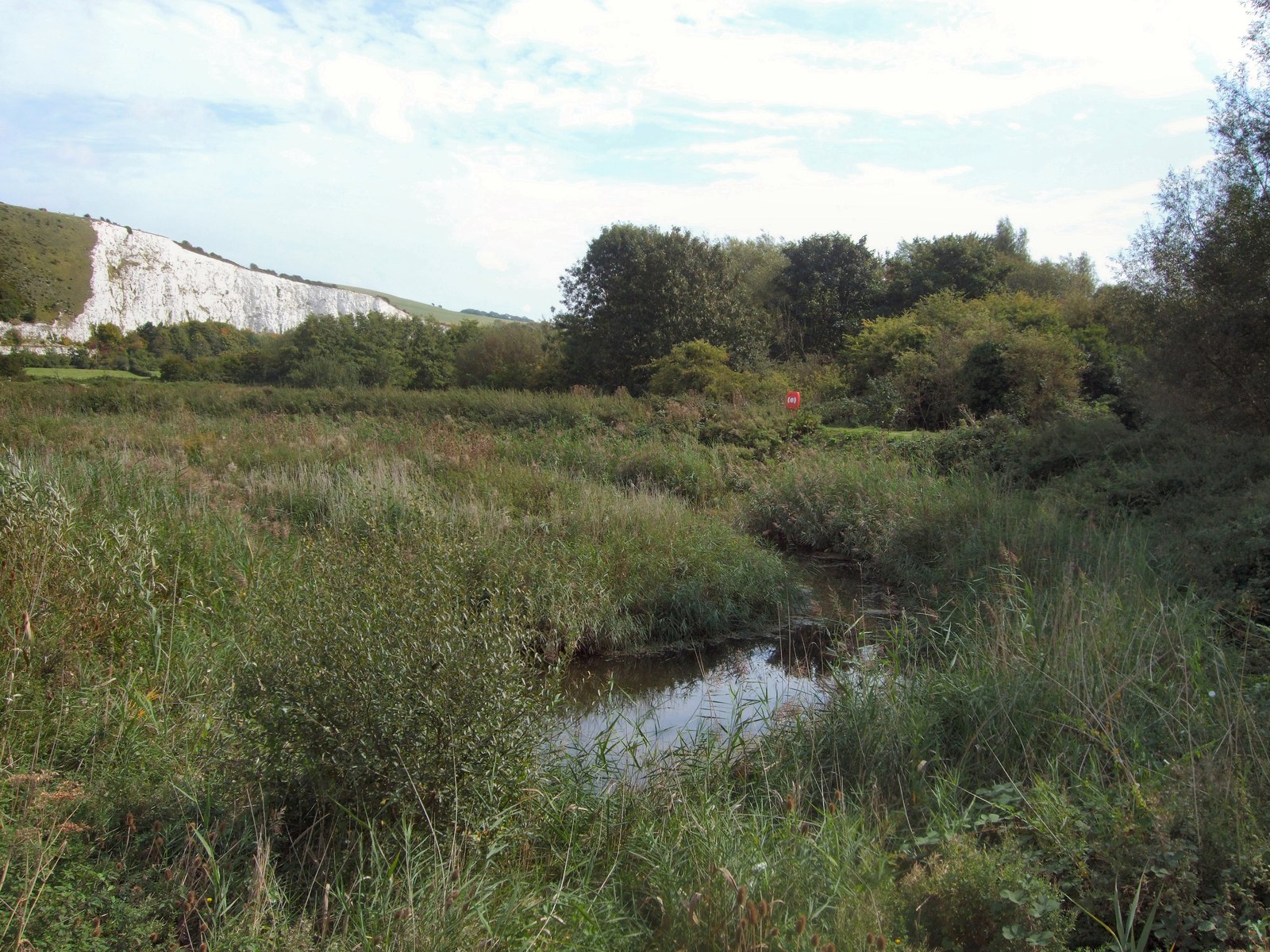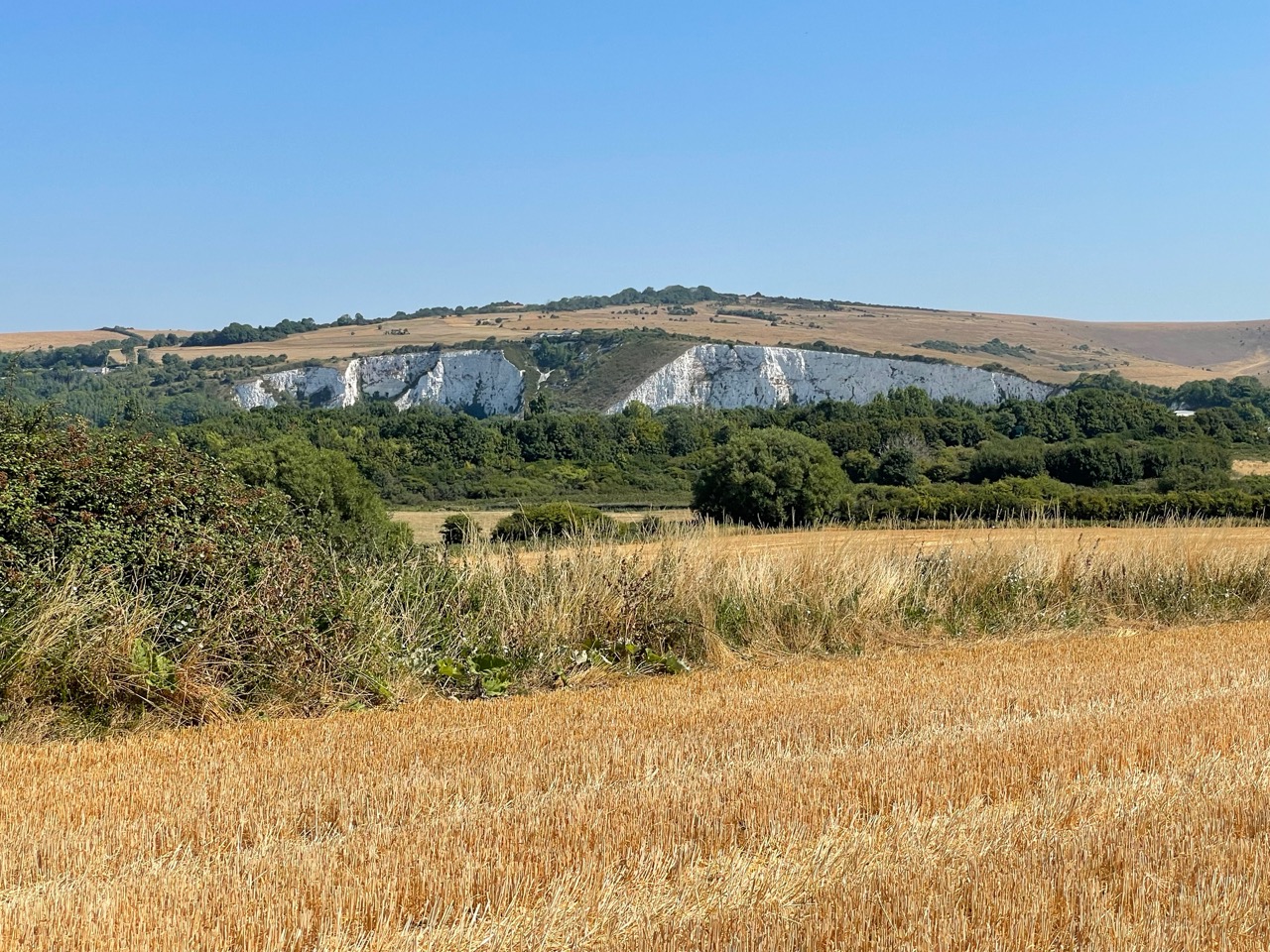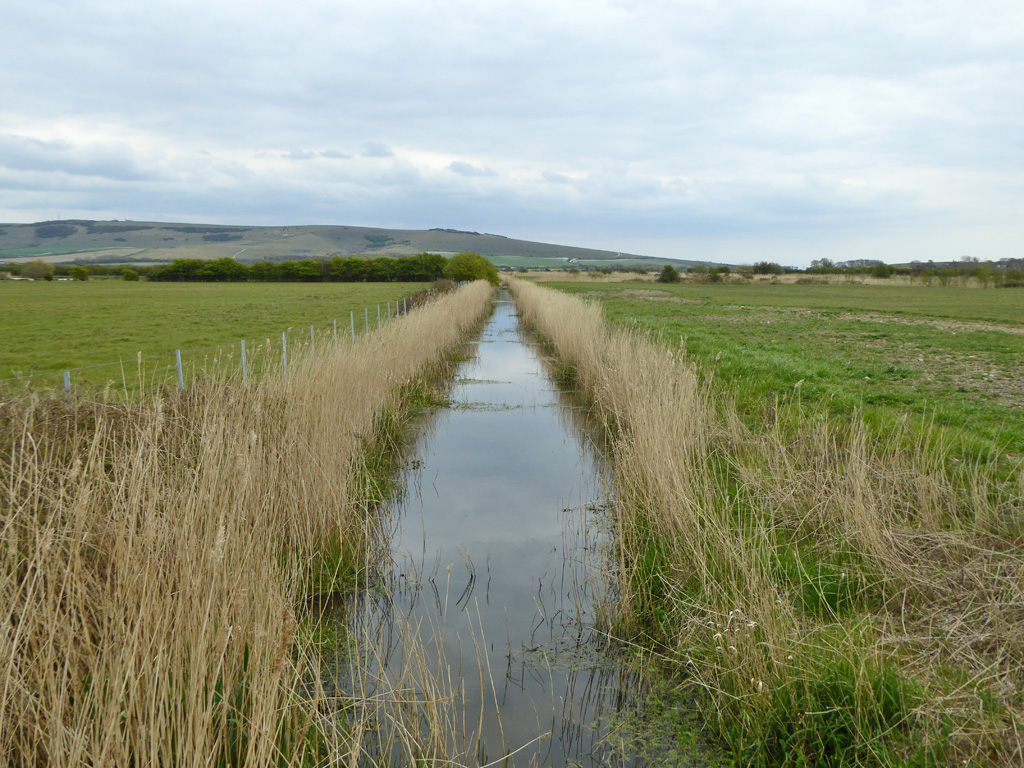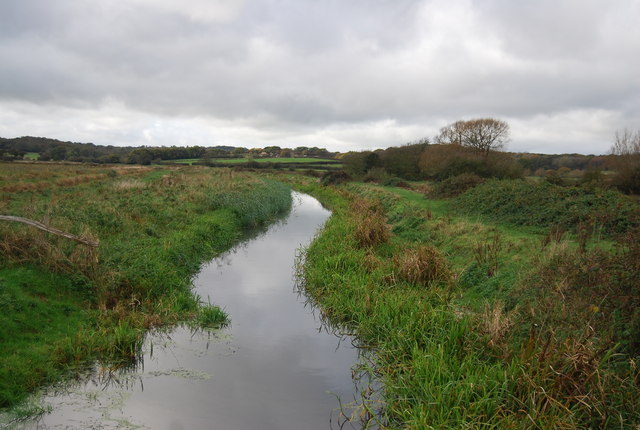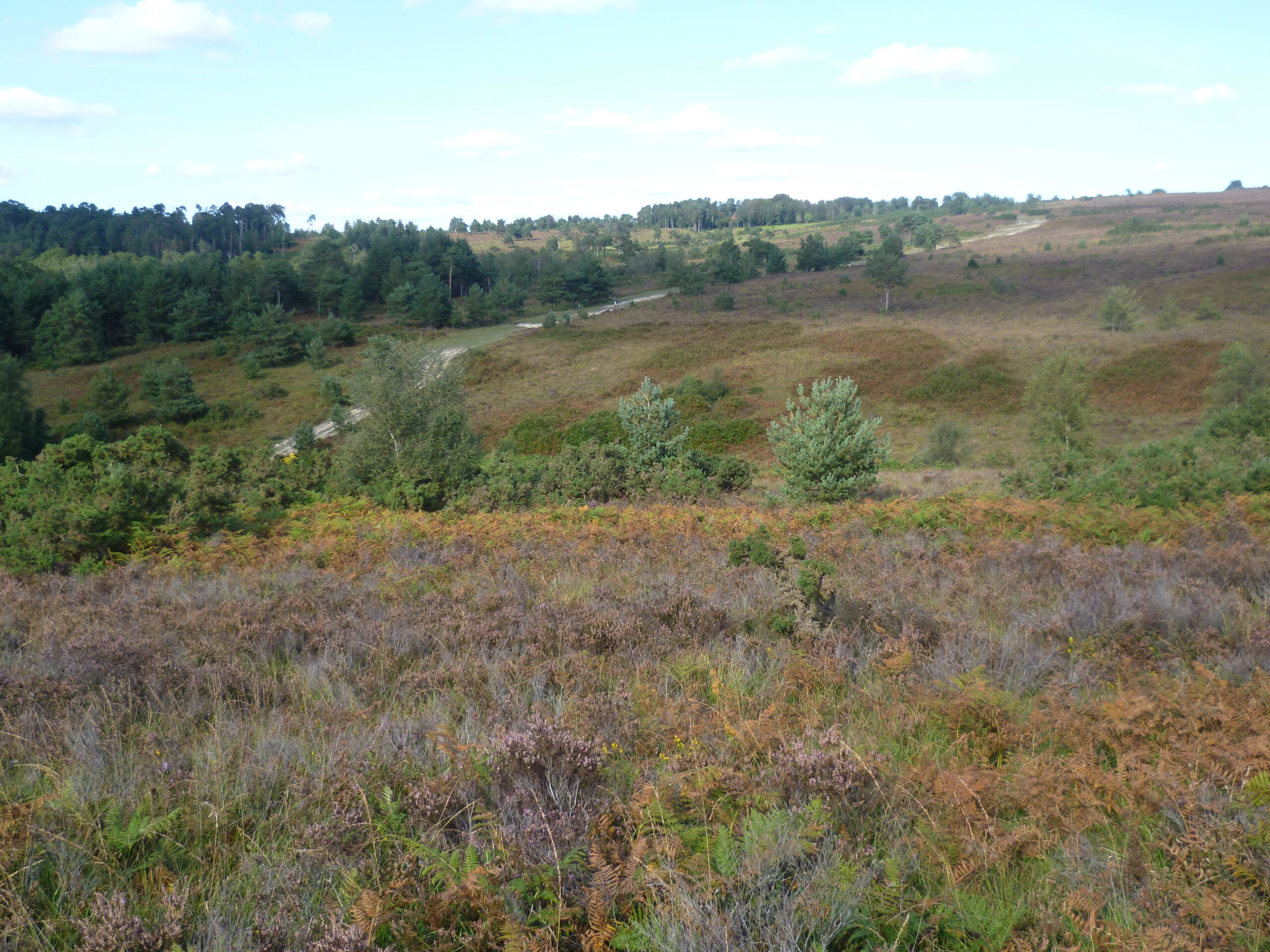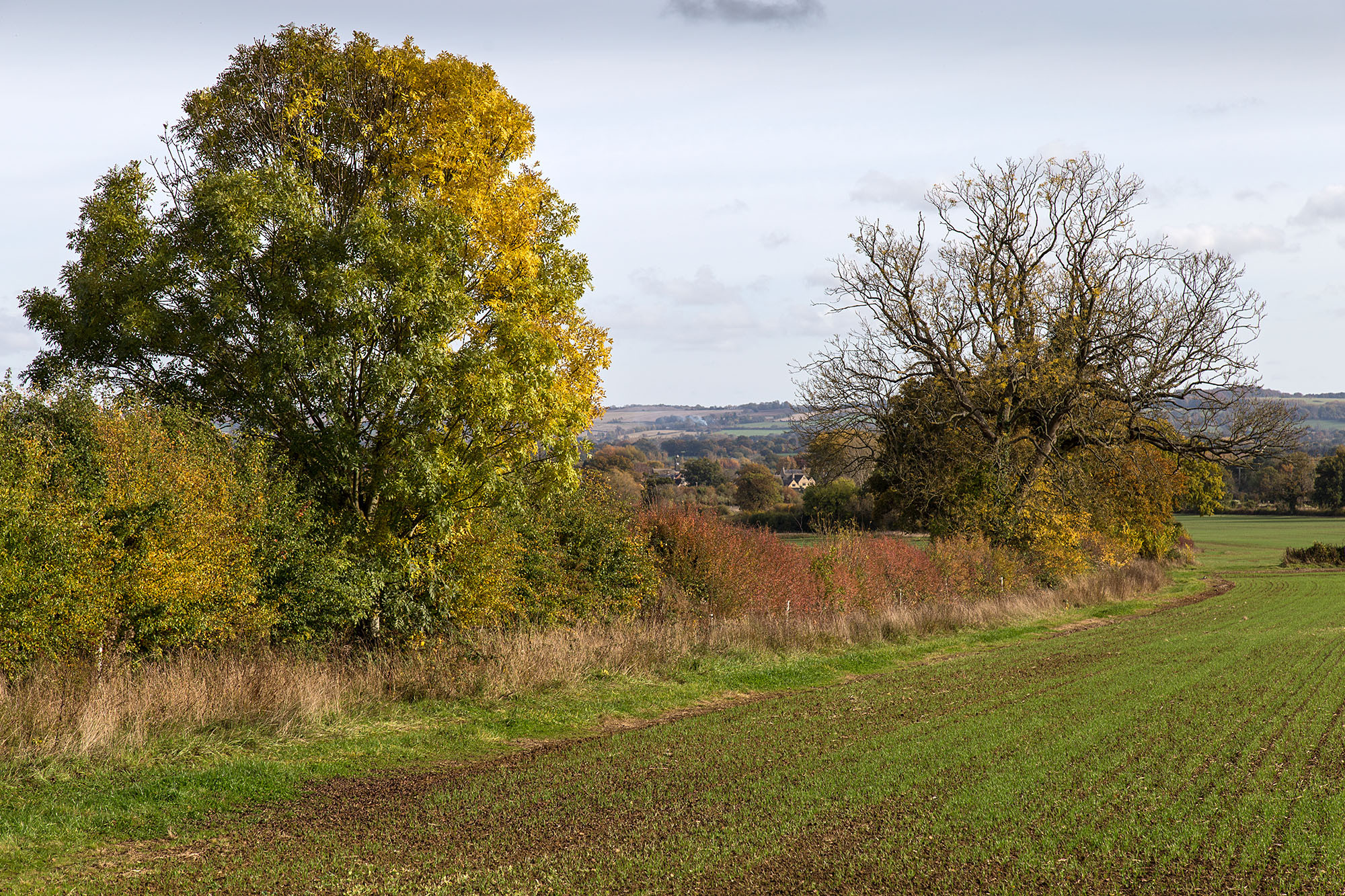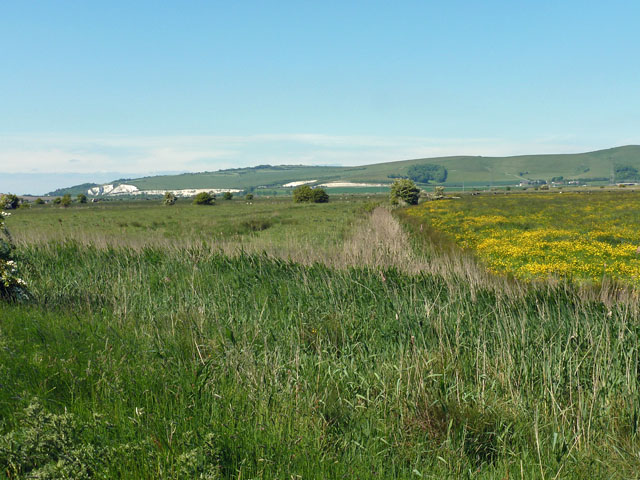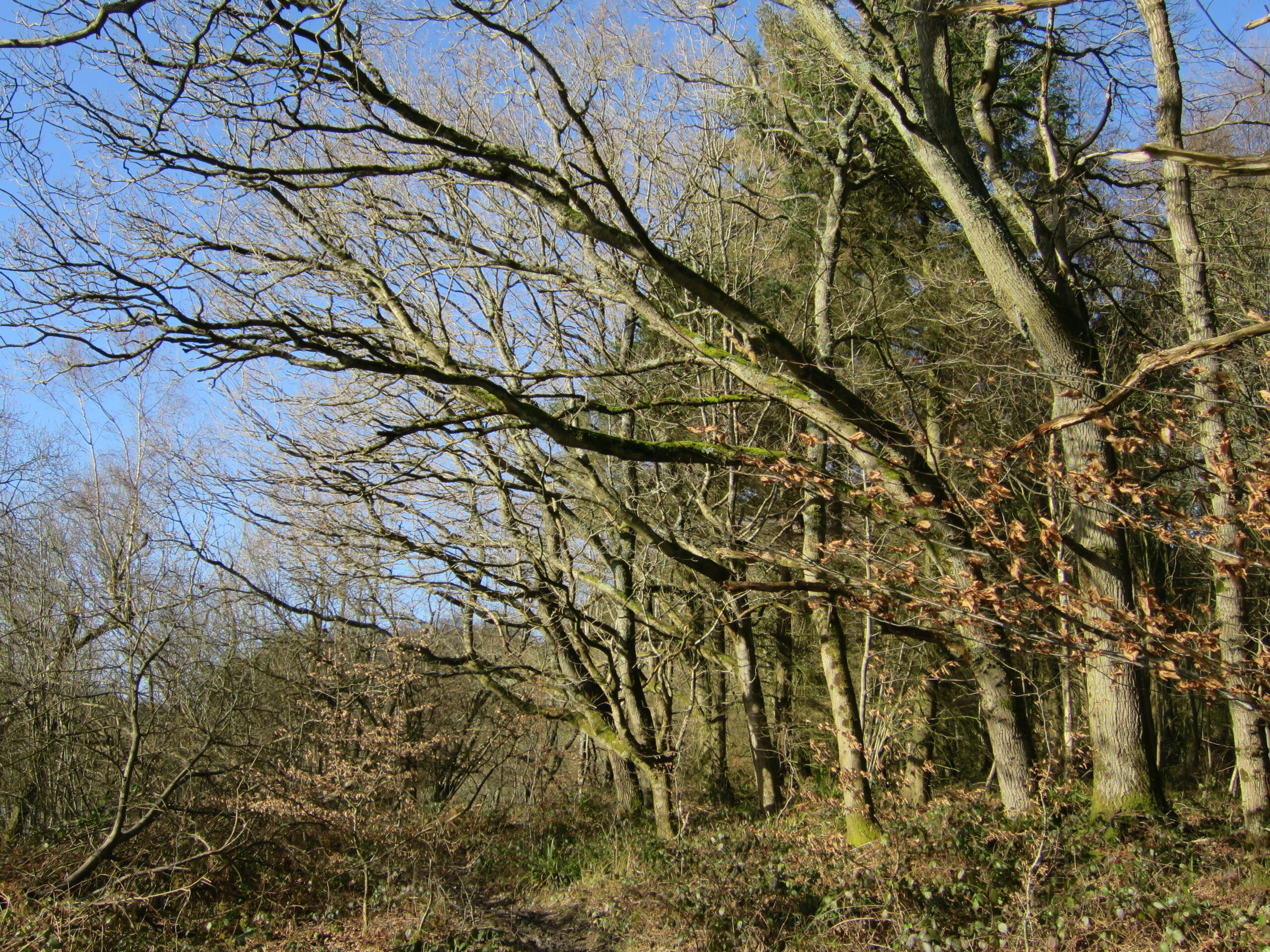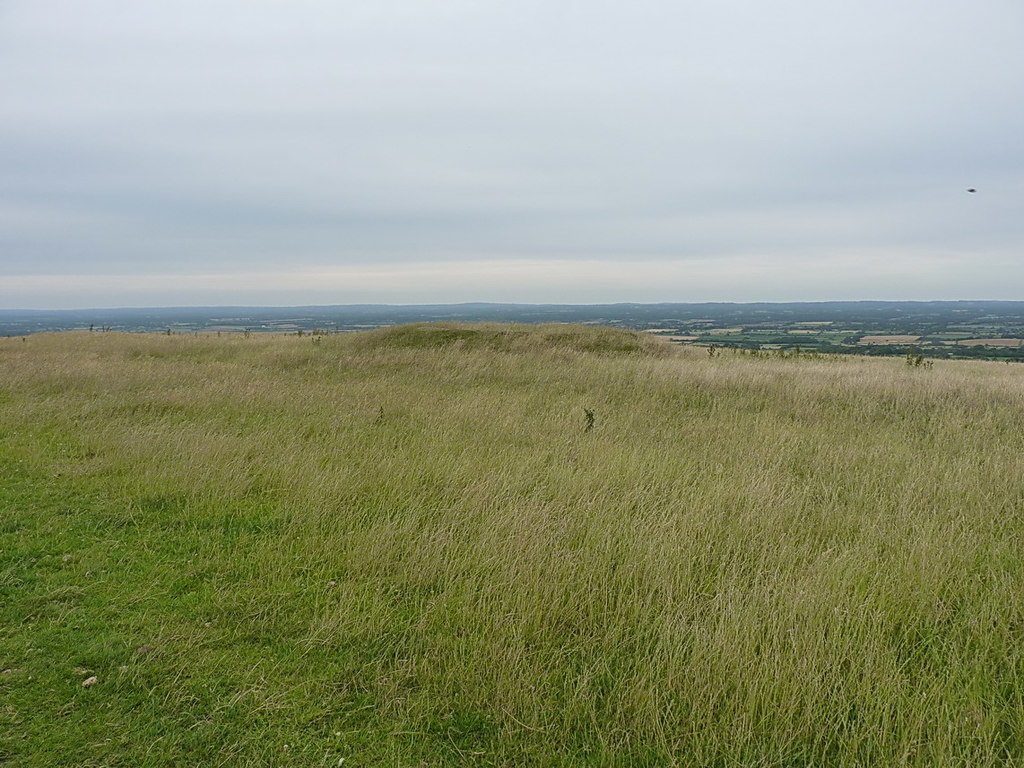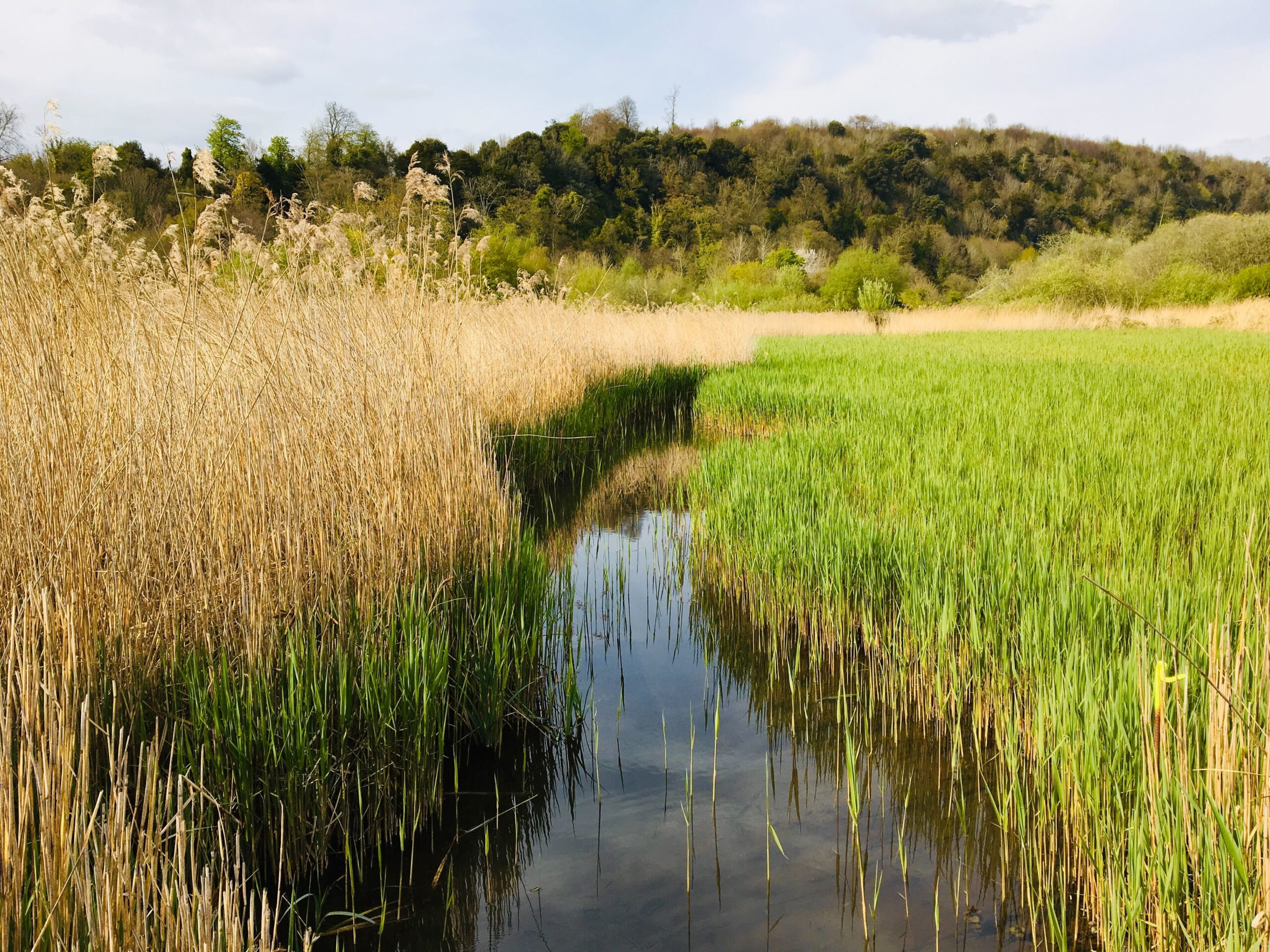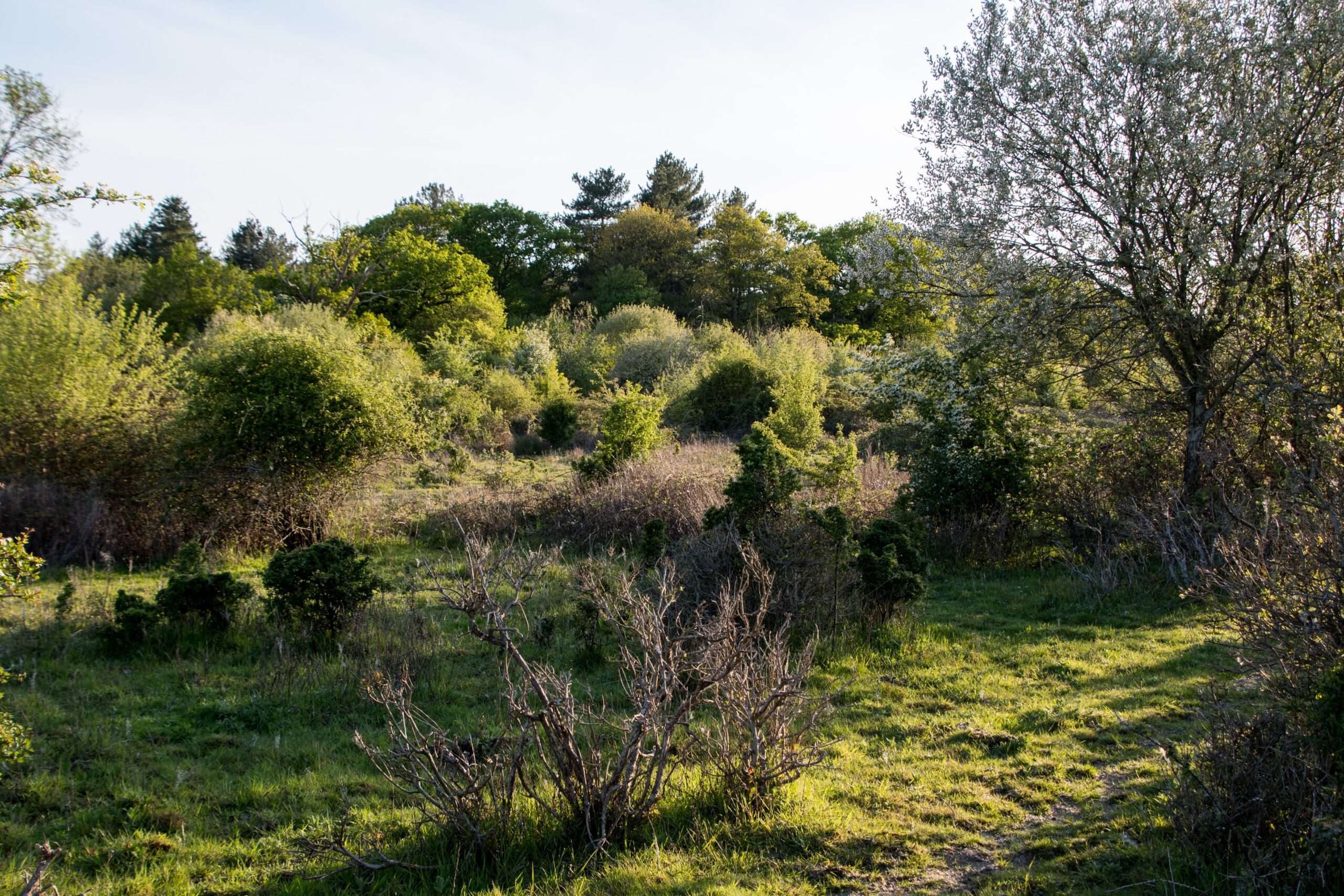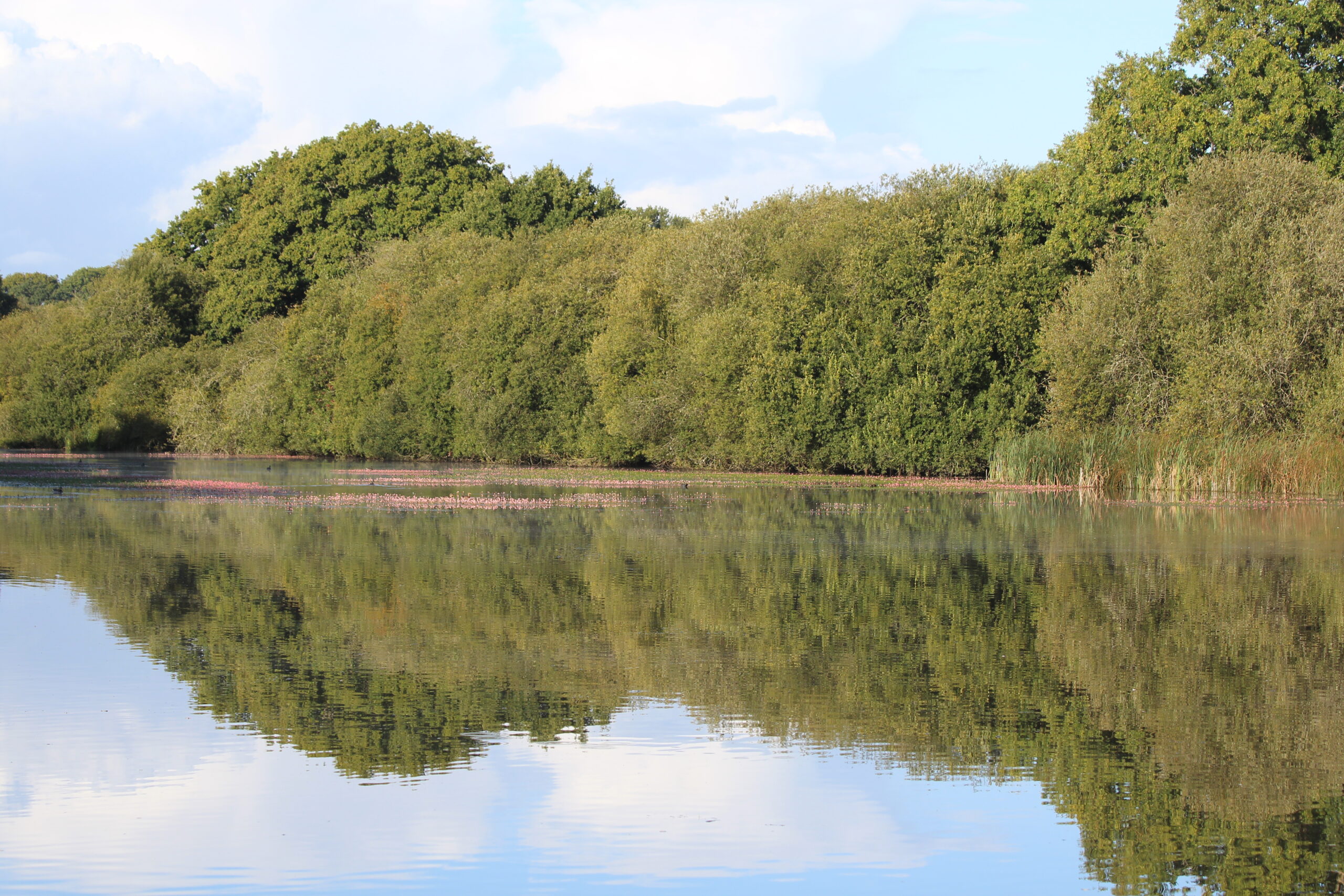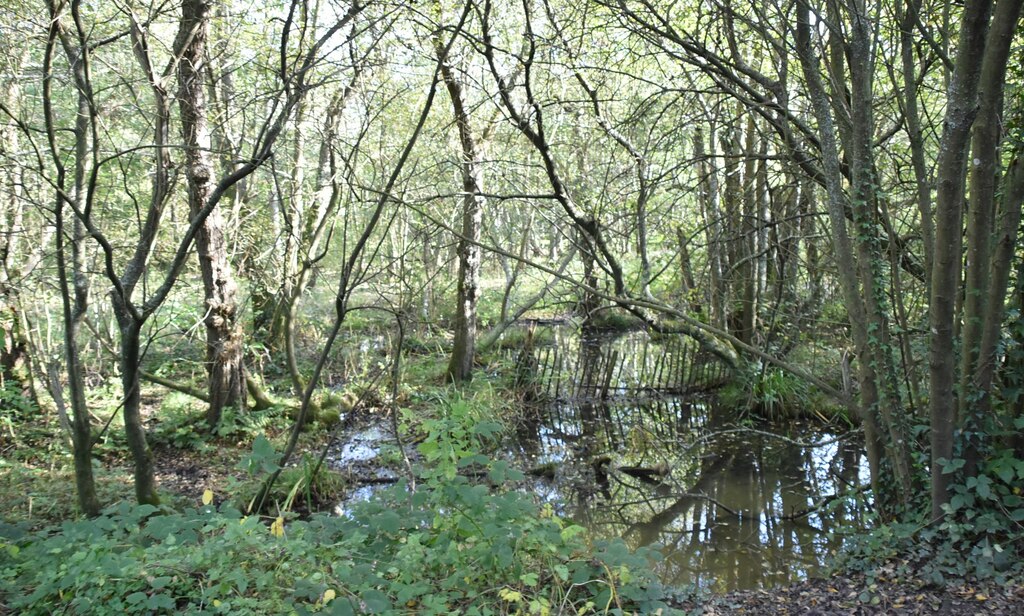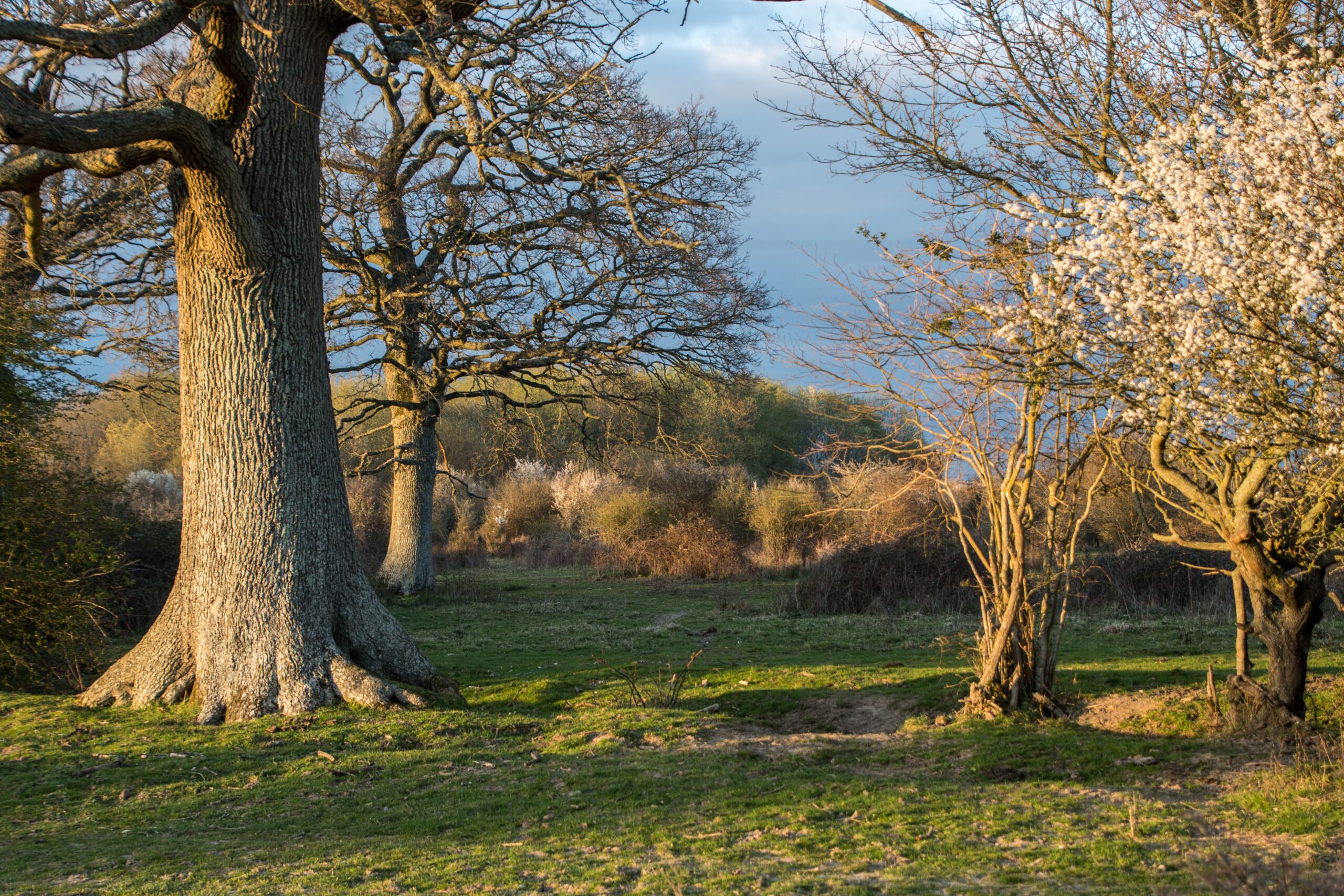
Habitat Types
May 1st, 2025
Acid grassland is a relatively rare habitat in Sussex, occurring primarily in areas with nutrient-poor, free-draining acidic soils.
May 2nd, 2025
Beech woodlands are a prominent feature of the Sussex landscape, particularly on well-drained chalk and sandstone soils. Fossil pollen shows that beech has been growing in the south of Britain for more than 6,000 years.
May 2nd, 2025
Calcareous grasslands, primarily found on chalk and limestone soils, are a key, species-rich habitat in Sussex, especially within the South Downs National Park.
May 2nd, 2025
Chalk rivers are watercourses dominated by groundwater discharged from chalk rocks. In England there are only 35 chalk rivers that are between 20 to 90 km in length.
May 2nd, 2025
Sussex supports a range of rock habitats, including cliffs, quarries, and walls, each providing important niches for wildlife.
May 2nd, 2025
Ditches are man made features that have been used since prehistoric times to move water. Very often to move it away from buildings, roads and farmed land, to keep places drier.
May 2nd, 2025
Strictly speaking fens are poorly drained wetland areas where peat has accumulated and where the water supply is calcareous.
May 2nd, 2025
Heathland is a diverse and dynamic habitat, often forming a mosaic that includes dry and wet heath, mire, bog, and acid grassland.
May 27th, 2025
Hedgerows have become important corridors for species to move between patches of woodland as well as providing food and shelter for farmland birds and small mammals.
May 27th, 2025
Old meadows and pastures are also known as unimproved neutral grassland and consist of a rich mixture of native grasses and herbs.
May 27th, 2025
Here we use the term Lowland Mixed Deciduous Woodland to cover the broad range of woodland types found in lowland Britain
May 27th, 2025
Most of the grasslands that you will pass by on your travels across East and West Sussex will be modified
May 27th, 2025
Rivers and streams are powerful, dynamic systems, and, if allowed to develop naturally, energetically carving out their own geography
May 27th, 2025
Reedbeds are wetlands dominated by stands of common reed, where the water table is at, or above, ground level for most of the year
May 27th, 2025
While the term ‘scrub’ is generally used to describe an area of land occupied by shrubs and young trees
May 27th, 2025
Gravel pits, reservoirs, lakes, ponds and canals are found throughout Sussex
May 27th, 2025
Strictly speaking, wet woodland occurs either on poorly drained soils, or on seasonally wet soils in floodplains.
May 27th, 2025
Wood pastures and parklands are the product of historic land management systems. Wood pasture is generally the result of formal Forests, where deer grazed the more open areas
